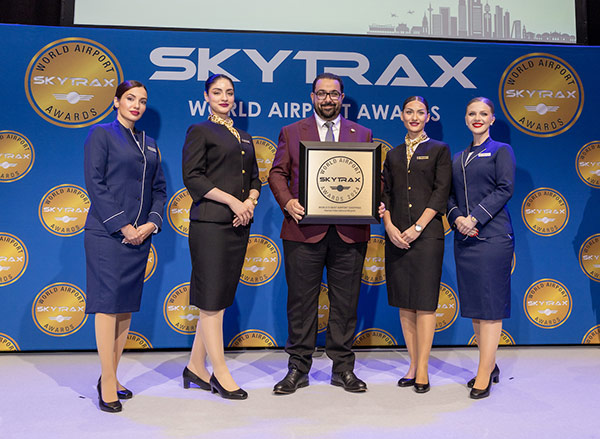Over the past year The Design Solution Managing Director Robbie Gill has examined the concept of Sense of Place, sharing the best expressions from airports across the world. Now he selects the winners for his informal awards: The Design Solution ‘Sense of Place’ Awards.
 |
A series of articles in The Moodie Davitt e-Zine has explored the concept of Sense of Place over the past year, examining myriad emotional influencers on the traveller mindset and their connection with their location – from soaring architectural wonders and evocative interiors to the simple human connection of a welcoming smile.
As the most forward-thinking airports develop their customer service approach from ‘passengers’ to ‘guests’, it’s clear that the travellers’ engagement with their surroundings not only helps develop a stronger customer experience and greater satisfaction levels but also strengthens their propensity to spend more time and more money at the airport.
That relationship with the airport environment makes Sense of Place a key focus not only for the specialist designers of the environment but also for airports, retailers and brands in their efforts to create a memorable airport experience and deliver a better commercial performance.
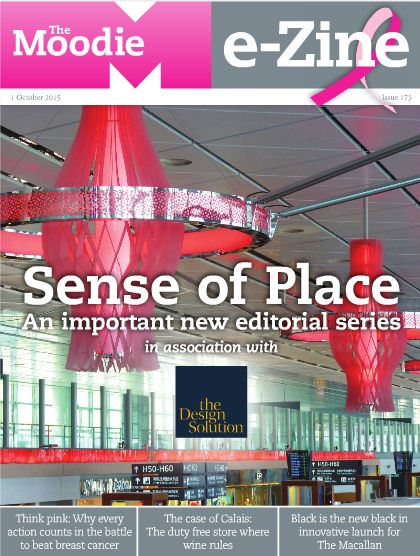
The series began with no clear, shared definition available as to what ‘Sense of Place’ actually means in an airport environment – everyone seemed to have a slightly different interpretation – so we wanted to crystallise what we believed it was all about. In each issue of The Moodie Davitt e-Zine we highlighted examples of the locations that delivered what I described in my opening article as ‘an emotional experience of travelling through somewhere special, connecting with the environment’, focusing primarily on positive experiences.
Our focus on Sense of Place has incorporated many influencing factors – including several airport operational issues – but, as we delved deeper into the concept, I became increasingly convinced that Sense of Place is principally created by design, ably assisted by operators and their products (where design is, of course, a huge factor in influencing the consumer). For me, the concept is firmly founded upon the emotional and psychological influence of the designed environment on the traveller.
That emotional and psychological encounter is, like any creative work, a matter of personal interpretation and experience. But by designing the airport environment to address the specific profile of both the location and its passengers we can develop airport experiences that deliver a unique Sense of Place.
I’ve used the series of articles to make stopovers at dozens of airports across the world, highlighting the locations that I believe offer the industry’s best expressions of Sense of Place.
Although I certainly aim to continue to try and help further develop our shared understanding of the concept, I think this is a good moment to combine my favourites and celebrate the ultimate passenger journey. Across seven categories, here are the locations that, together, I think offer the industry’s very best journey through a Sense of Place.
 Airport design (exterior)
Airport design (exterior)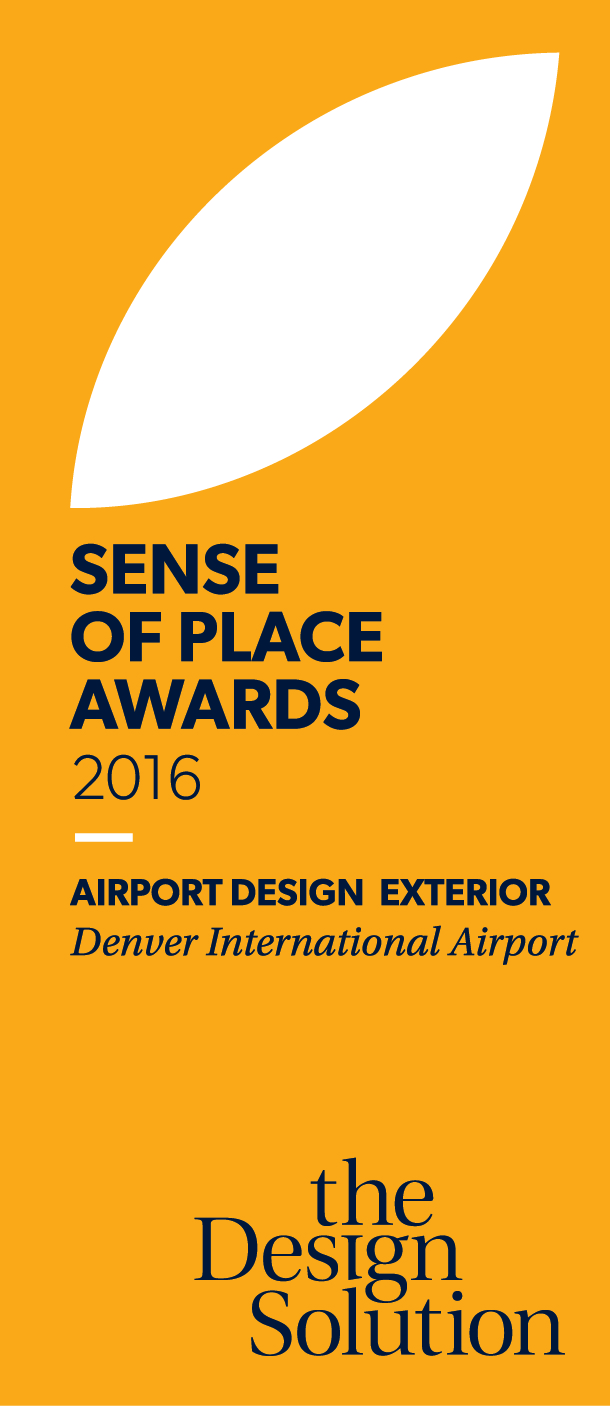
As someone who is always excited by airport design this was probably the most difficult category in which to choose a single winner. My favourites range from the elegant simplicity of Siem Reap International through the natural beauty of Venice Marco Polo to the stunning 21st century vision emerging from the sand at Abu Dhabi’s Midfield Terminal. But the winner is… Denver International Airport.
The canopy roof design was revolutionary in 1995 (much copied since and incredibly cost effective, massively reducing the use of steel and cutting construction time by nine months) and met the city’s demand for ‘a symbol as much as a gateway, a building as visually memorable as it was functional’.
The sculpted canopy, by Fentress Architects, blends geography and heritage by evoking the majestic, snow-capped Rocky Mountains, the covered wagons of pioneer settlers and the tepees of Native Americans.
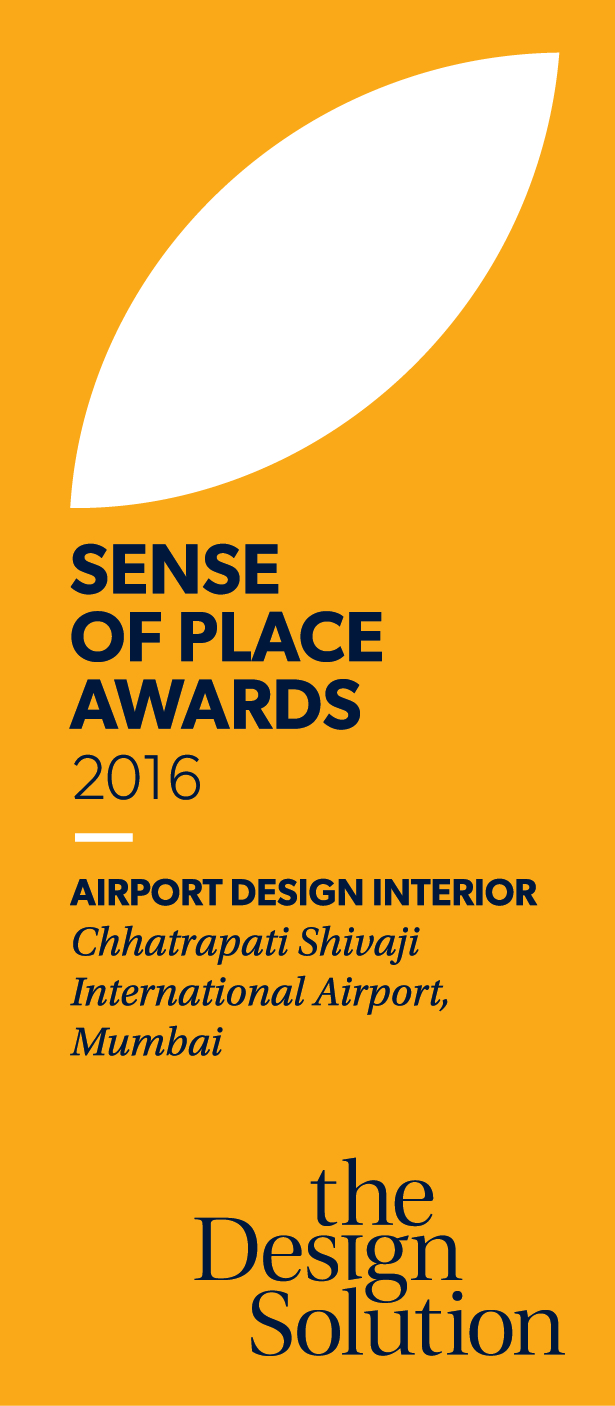 Airport design (interior)
Airport design (interior)
This was inevitably a hugely challenging category, and I narrowed down my shortlist to six contenders. It was only when I had determined my shortlist that I realised just how much emphasis I had placed on the element of light in these designs. Scandinavia is home to both extraordinary light and an extraordinary design heritage – and both Oslo and Billund airports offer their own expressions of both. The contemporary drama of Xi’an Xianyang International, especially in its stunning use of glass (and chandeliers), makes it a beacon of design in Asia, and Abu Dhabi International was inevitably another major contender.
The winner is… Chhatrapati Shivaji International Airport in Mumbai. It’s rare that an airport interior is so beautifully elegant and expressive of its location and, especially when painted in sunlight, the walk through the terminal is breathtaking and uplifting.
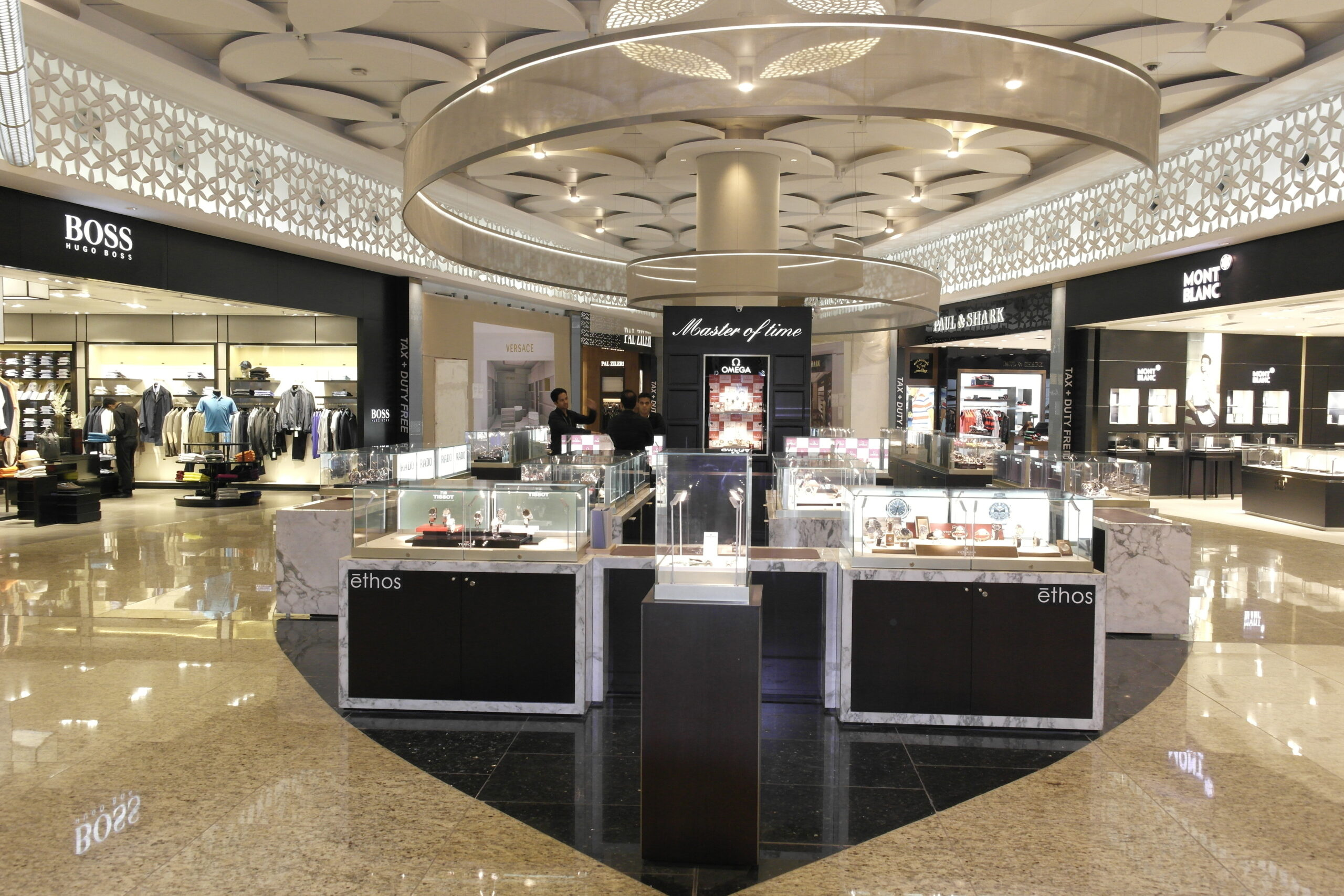
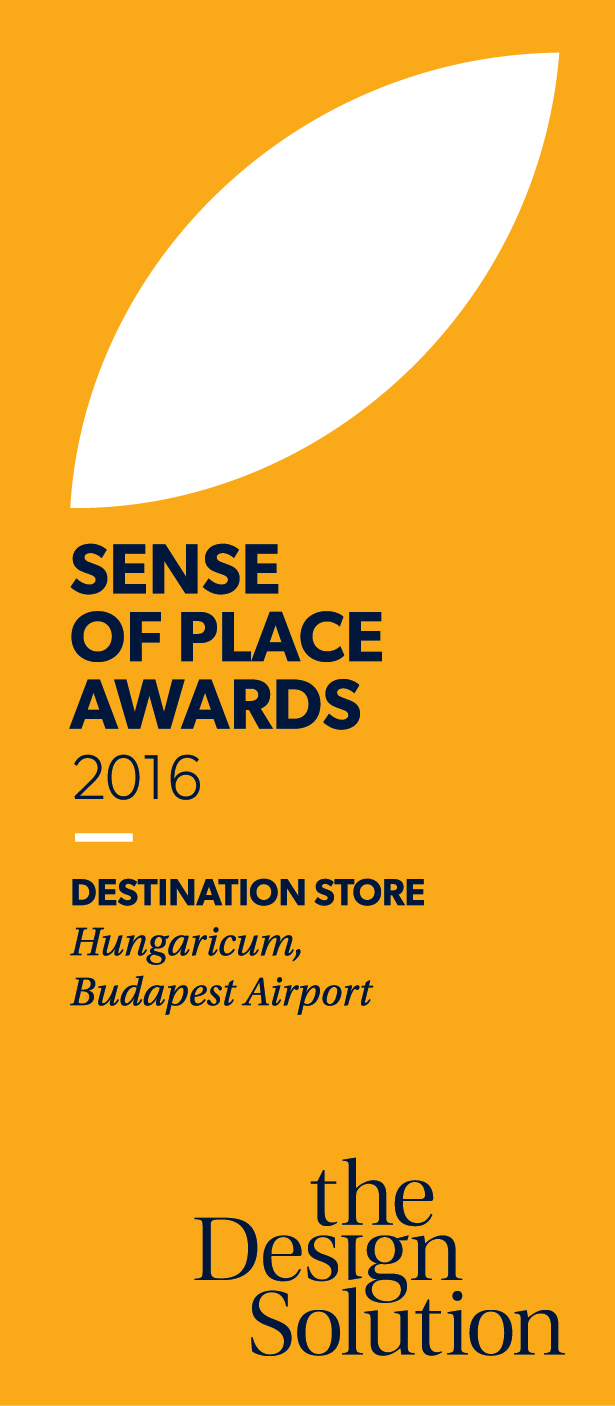 Destination store
Destination store
It’s understandable that integrating a significant range of local brands into the main duty free stores is often impractical, which makes it all the more important that each airport fully exploits the potential for destination stores focused on local brands and products. That potential is stunningly demonstrated by specialist outlets such as the double-height Georg Jensen store at Copenhagen, the Irish Whiskey Collection at Dublin and the spirits offer at St Petersburg Pulkovo, three of my favourites. Purely Merino at Sydney is also fantastically creative.
However, I see food as the key category that absolutely every airport should be able to exploit through a local ‘destination’ offering, no matter how small the scale, and my shortlist came down to a tight battle between two locations (my company worked at both but, bias aside, I genuinely regard these as the best airport food retail offers in the world). The Hellas concept at Athens gives a vibrant flavour of Athens and its heritage but the spicy winner just edges ahead through the range and theatre of the offer. The winner is… the HUNGARICUM Duty Free & Travel Value store, Budapest International Airport.
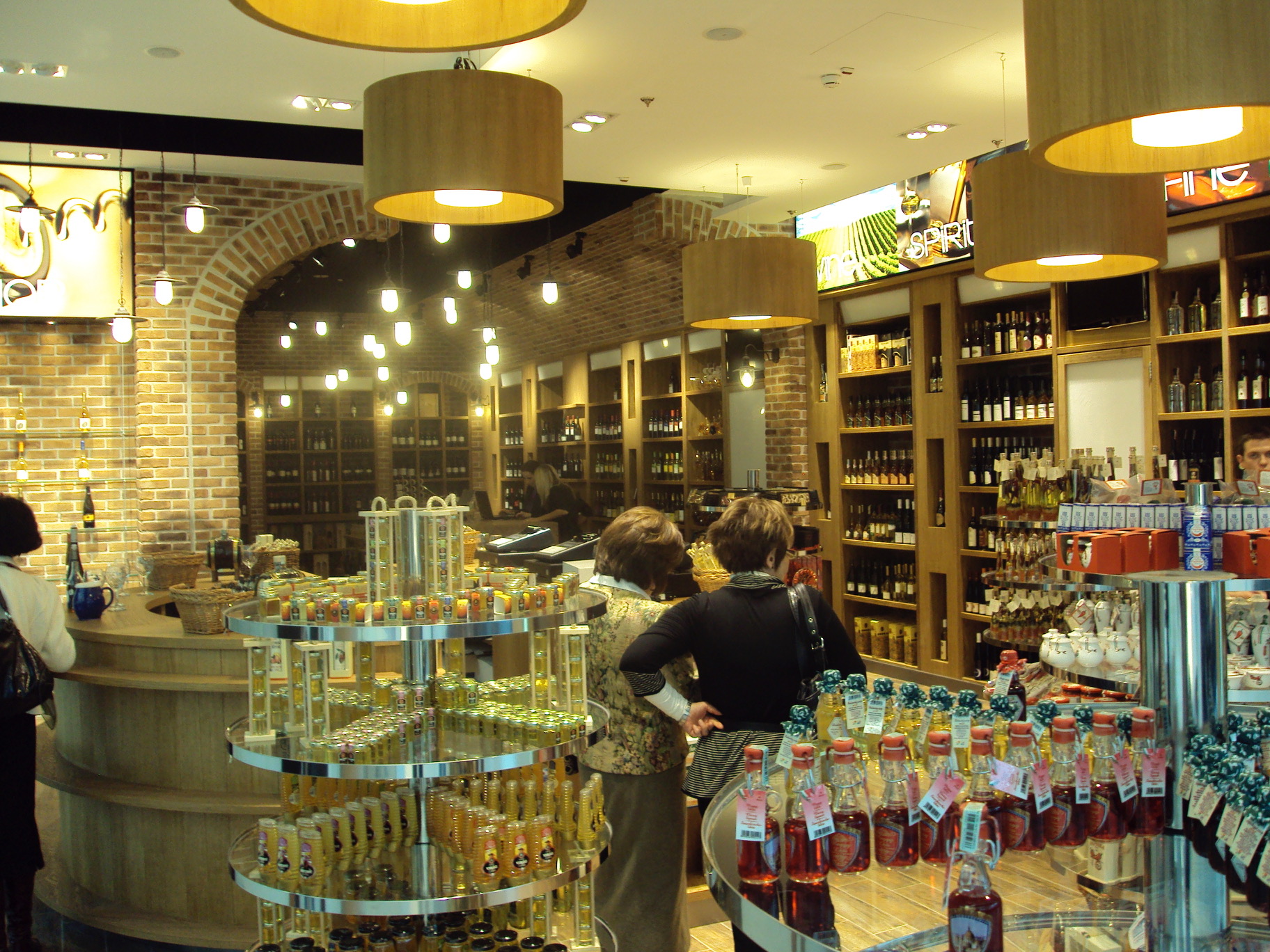
 Retailer
Retailer
The retailer role in Sense of Place is crucial in developing a local essence to the retail experience.
The past year has seen a stronger focus from a number of leading operators, including Heinemann’s stunning new store at Sydney Terminal 1 (launched earlier this year) and its pioneering success at Budapest in driving local brands to over 20% of sales.
A number of bespoke concepts by Lagardère Travel Retail, including those at Nice and Paris airports, have also impressed.
My overall winner though is a retailer that, in utilising its global scale and strength, has not only in recent years avoided a ‘cookie cutter’ approach but is increasingly creating local emphasis and differentiation wherever it operates across the globe. That’s why the winner is… Dufry.

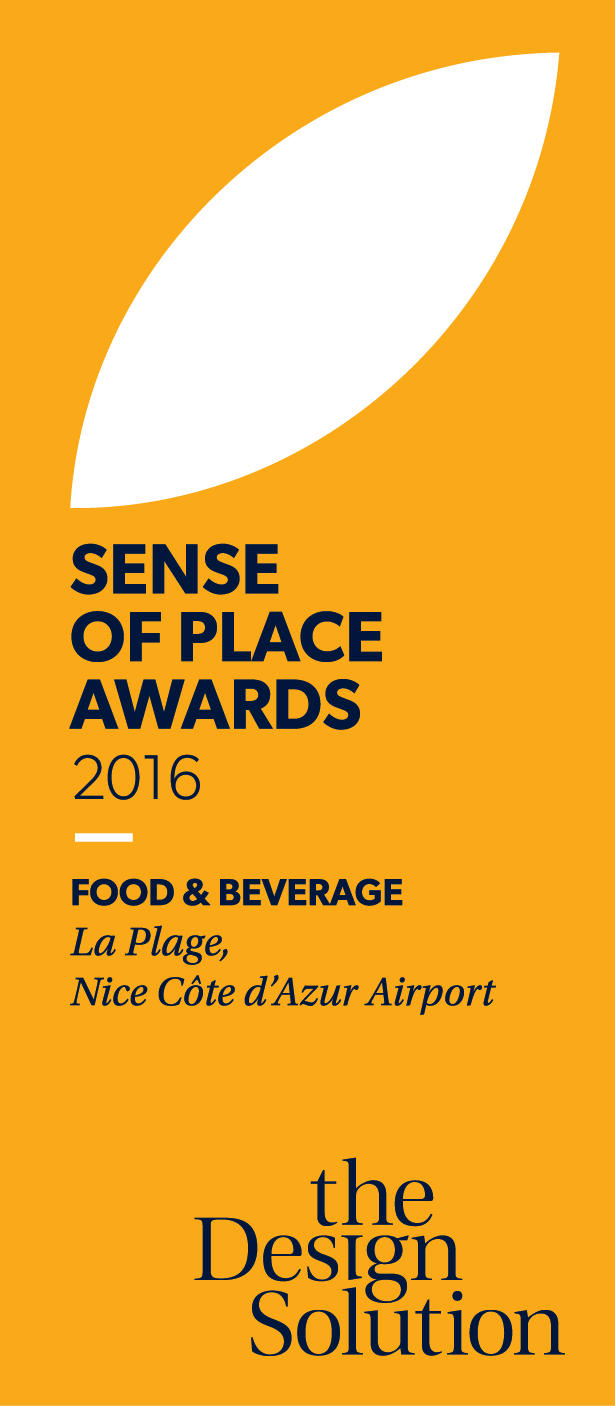 Food & beverage
Food & beverage
Travel and food & beverage go together perfectly, which makes a local flavour in F&B a powerful attraction to the traveller and a key driver of revenue. The success of Copenhagen Airport (multiple winners of ‘Airport Food & Beverage Offer of the Year’ in the FAB Awards) in celebrating ‘local hero’ brands and regional menus is a lesson to all airports.
I’m perhaps biased by London Heathrow’s offerings as my ‘local’ airport in shortlisting the Heston Blumenthal-backed Perfectionists’ Café, but who wouldn’t love ‘extraordinary fish & chips’ served with ‘an atomiser of malt vinegar picked onion juice’?
I feel inevitably biased by my ‘local’ palate, so I must also mention the superb culinary experience at Tokyo Haneda; but the winner is a little closer to home… it’s the local fun, theatre and flavours of Nice Airport’s La Plage.
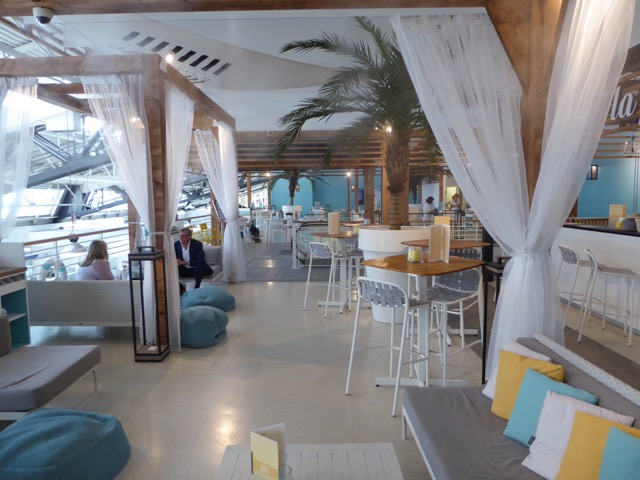
 Best bar
Best bar
Airport bars provide a particularly welcome oasis for the frequent flyer. Anyone who knows me will testify that for me this is, indeed, the most competitive category.
A strong bar menu, including local and global icon brands, is essential; but to really stand out the bar needs to share a feeling of the locality and the people. My shortlist was a long one, but ultimately two locations battled for the title.
As a frequent visitor to Dublin I have developed a fondness for the Gate Clock Inn and, as a ‘regular’, its aged wood and copper interior has an authentic air of old Dublin. The winner, which actually creates its own brews on-site, has a similar love for stylish copper fittings but also offers a semioutdoor experience in Europe’s largest roofed-in beer garden. The lively and welcoming atmosphere is that of a year-round beer festival (or Oktoberfest), backed by a local menu, a programme of live music and theatrical service. The winner is… Airbräu, Munich International Airport.

 Arts and culture
Arts and culture
One of the most exciting aspects of airport design development over the past few years has been the increasing emphasis on shifting from the homogeneity of ‘glass and steel cathedrals’ to incorporating distinct local elements that offer a unique expression of the location, its culture and its people. Whether in new terminals or old, the incorporation of local art and crafts in the terminal design or in special displays or exhibitions is a powerful expression of Sense of Place – provoking another long shortlist.
The pioneering efforts at Vancouver International have made it a long-time favourite for its stunning series of large-scale installations on the themes of land, sea and sky, reflecting the natural beauty of British Colombia and the skill of local artists, especially from among local indigenous groups.
A fictional but hugely entertaining local ‘people’ is the focus of the ‘Middle of Middle Earth Airport’ – Wellington Airport – which has a history of hugely engaging installations linked to the Hobbit films. Singapore Changi’s Kinetic Rain installation is a mesmerising encounter too. However, the sheer scale and quality of the cultural experiences at Delhi and Mumbai airports have set new standards. Those two raced neck-and-neck but, by the thickness of a chapati, the winner is… Chhatrapati Shivaji International Airport, Mumbai.

A sense of definition…
Having explored so many wonderful expressions of Sense of Place, I’d like to close with my own definition of the concept in the context of the airport: ‘Sense of Place occurs when an airport and its concessionaires imbue the passenger journey with a series of emotions, experiences, products and designs that uniquely encapsulate the spirit of their location’.
It’s a concept that is not only commercially important to everyone in this industry: it is also an issue that my team and I feel deeply passionate about. The Moodie Davitt Report, like me, would love to hear your favourites too – and your thoughts on how we can better define and share the concept of Sense of Place and help further strengthen the passenger experience.











